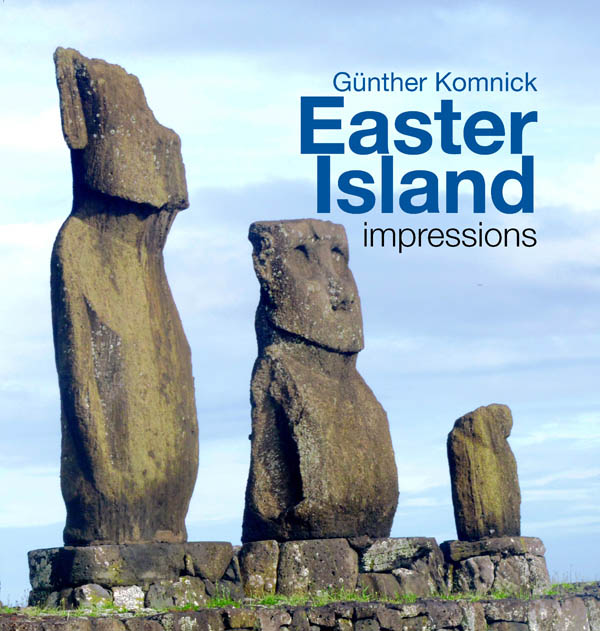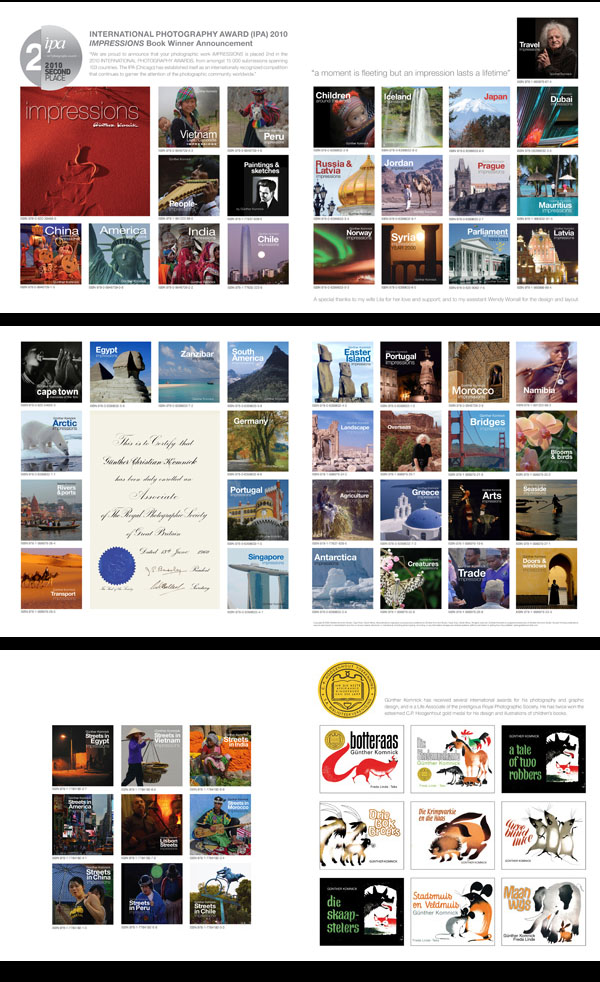Dedicated to my loving wife, Lila

Easter Island, or Rapa Nui to use its indigenous name, otherwise known as Isla de Pascua in Spanish, has confounded sailors and explorers for centuries, ever since the island was first encountered by the Dutch explorer Jacob Roggeveen, who made landfall there on Easter Sunday, 5 April 1722.
While the travelling world can indulge in the mystery of this island with its famed
moai, the enigmatic statues which dot the landscape and which have sustained people's interest in the island, the reality behind these figures and the hardship they obscure add to the allure of this desolate landmass.
Inhabited by people of Polynesian origin, the collapse of the eco system on the island due to the infamous Polynesian rat, the relentless deforestation of the landscape, the diseases introduced by voyagers, and the enslavement of the population by Peruvian slave traders in the 19th century, all hint at a history that bespeaks a steady decline since the era when the statues were hewn into their famed form.
Said to have been settled between 700 and 1100 AD, it is estimated that the population of the island reached 15 000 in the 17th century. By the mid-18th century this number had dropped to between 2 000 and 3 000 inhabitants. In many ways thus Easter Island is a lesson for the planet as a whole as to the long term effects of over exploitation and overpopulation. To add to the island's woes the rearing of sheep in the 19th century further damaged the vegetation. The famed indigenous palm tree became extinct, replaced in modern times with other imported palm tree species. These are evident from the images in Komnick's photographic essay. Pictured as well is the volcanic rock quarry that the islanders used, causing one to marvel at the zeal with which the
moai were made and a testament to their makers' skill.
By 1877 there were only 111 inhabitants left and in 1888 Chile took possession of the island. Today the island boasts a population of over 5 800, 60 percent of whom are said to be descendants of the last remaining Rapa Nui. With the Chilean suzerainty came modernity and tourism, which, with the attendant dangers, have brought a measure of economic sustainability to the island.
The intrepid G√ľnther Komnick brings Easter Island to life, this, one of the most isolated islands in the world, with its nearest inhabited neighbour being Pitcairn Island with its 50 inhabitants over 2000 kilometres away. Easter Island remains a compelling destination bearing no shortage of harsh lessons.
Dr Wilhelm Snyman, Cape Town, 2017
